Landscape timbers are commonly used to upgrade the appearance of gardens and yards, but some people think it’s safe to burn them.
This is an important question because burning things can negatively impact the environment and our health. We will find out if burning landscape timbers is a wise choice.
Burning treated landscape timbers can release harmful chemicals into the air. So, it’s important to know what kind of timber you have. We’ll see why some people might think about burning them and why it’s important to think carefully before doing so.
We’ll help you make the right decision about what to do with your landscape timbers.
What are Landscape Timbers?
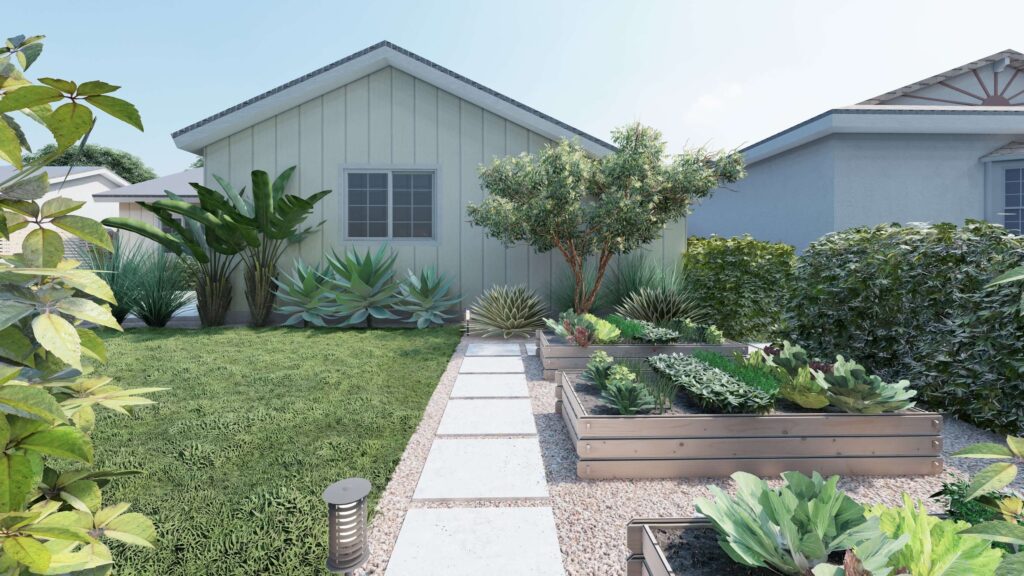
Landscape timbers are hard wooden beams, often rectangular or square. It’s made from different types of wood, such as pine, cedar, or redwood. They’re commonly used in landscaping and outdoor projects because they look durable and natural. People love using them to make outdoor spaces more beautiful and practical.
Landscape timbers offer a plethora of eco-friendly timber projects for the outdoors. Ideal for crafting garden borders, retaining walls, walkways, and raised garden beds, their durability and resistance to decay make them perfect for enduring outdoor conditions, thus supporting various landscaping features.
Types of Landscape Timbers

Several types of landscape timbers are available, each with its unique characteristics and benefits. The choice of landscape timber largely depends on the specific needs and aesthetics of the project.
1. landscape Pine
Landscape pine timbers are the go-to choice for many because they’re not too expensive, and they’re treated to prevent rot and bugs from causing harm. You can find these timbers in various sizes, and they work well for many landscaping jobs.
2. Cedar
Cedar landscape timbers are valuable because they don’t easily rot or get attacked by bugs. They have a lovely reddish-brown color that makes outdoor areas look fancy. People often pick cedar timbers when they want their projects to look really nice.
3. Redwood
Redwood landscape timbers are well-known for being tough and having a beautiful reddish-brown color. They don’t easily rot or get bothered by pests, and they’re an eco-friendly choice because redwood trees can grow back.
Can Landscape Timber Be Burned Safely?
Burning landscape timber is not safe and should be avoided. Landscape wood contains chemicals such as arsenic, chromium, and copper, which are added to prevent decay and bugs. When you burn it, these chemicals get released into the air as harmful fumes and small particles. Breathing in or touching these fumes can cause serious health problems like breathing issues, skin irritation, and even long-term illnesses.
Besides, burning landscape wood can release harmful substances into the environment. It leads to air pollution and harm to the ecosystem nearby. To stay safe and protect the environment, it’s necessary to dispose of landscape timber responsibly. Instead of burning it, try other options, such as recycling or taking it to an unsafe waste facility.
Is It Safe to Burn Landscape Timber in a Fire Pit?
Never burn landscape timbers in a fire pit. Fire pits are made for burning plain, untreated wood or firewood. When you burn landscape wood in a fire pit, it sends dangerous chemicals and pollutants into the air, which can harm people nearby.
Besides the health problems, using Landscape wood in a fire pit can also wreck the fire pit. The chemicals in the wood can eat away at the metal parts of the fire pit, making it wear out faster and less safe.
What Happens if You Burn Landscape Timber?
Burning landscape timber can be really bad for you and the environment. Landry timber is usually treated with chemicals such as chromated copper arsenate or alkaline copper quat to stop it from rotting and bugs from munching on it.
But when you burn this wood, those chemicals get to let loose into the air as super harmful fumes. Breathing in these fumes can make you sick with things like trouble breathing, itchy skin, and feeling nauseous. It’s important to know that these chemicals are not safe for people or the environment around us.
Safely Use Landscape Timber Near Vegetable Crops
When using Landscape wood near your vegetable crops, it’s important to take some precautions to keep your plants and yourself safe. First, don’t put landscape timber directly in the soil or use it to build raised garden beds for growing food. Instead, go for untreated or naturally resistant wood such as cedar or redwood for these purposes.
If you really need to use treated wood for non-food garden structures, make sure it’s labeled safe for use near food crops. Also, think about lining the inside of the Landscape timber with a thick plastic sheet to create a barrier between the soil and the wood. This helps stop chemicals from seeping into the soil and lowers the risk of polluting your vegetables.
Conclusion
Burning landscape timbers is not a good idea. Burning landscape timbers can harm your health and the environment. They release toxic chemicals and harmful fumes into the air. Breathing in these fumes can make you sick and damage your lungs. Also, burning landscape timbers can harm the environment by releasing pollutants into the air and soil.
These pollutants can harm plants, animals, and the water we drink. It’s very important to protect our environment for future generations. It’s necessary to think about the health of both yourself and the planet.
So, don’t burn landscape timbers. Find a better and safer way to get rid of them.

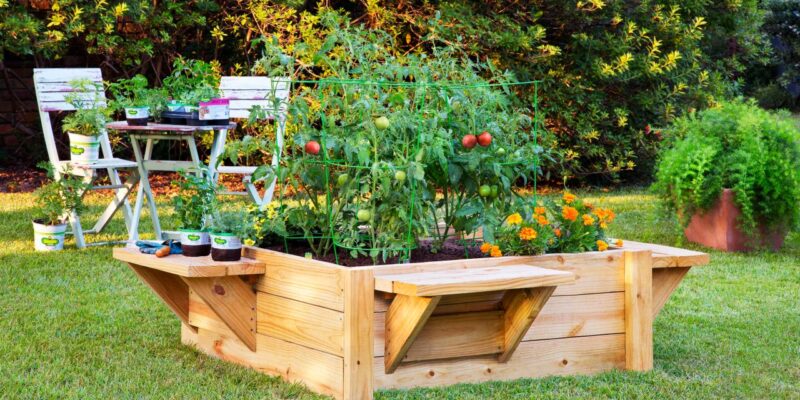

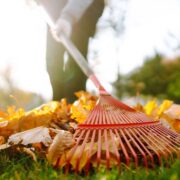
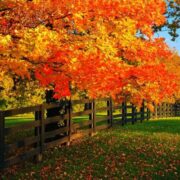




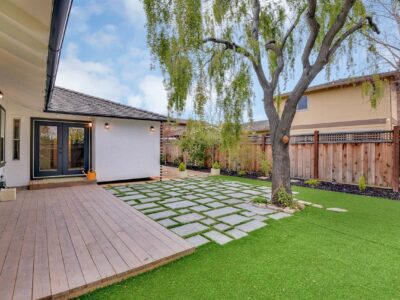
Comments